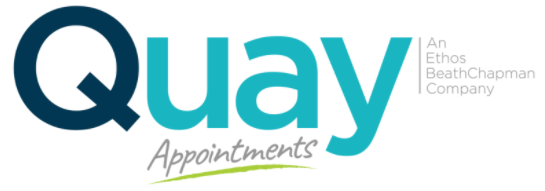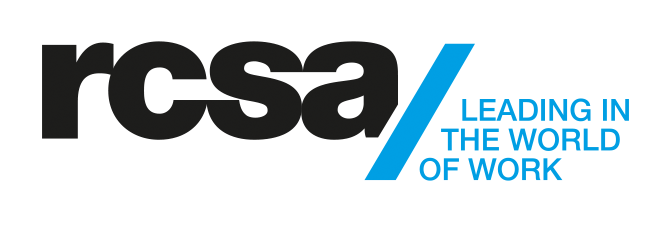Smart Work in the 21st Century Workplace
We all complain about being busy. Too much to do, too many emails, too many meetings. Our modern workplace demands so much from us. You may have numerous productivity tools at your disposal to help you plan your time and manage your priorities, but are you really leveraging your technology to meet the challenges of the 21st century workplace? Are you working smart?
To truly work effectively today it is critical to harness the power of your technology, and to use it in a co-ordinated way to manage three core aspects of your work – your Actions, your Inputs and your Outcomes.
Centralise your Actions
Most of us made the transition from paper diaries to electronic calendars over a decade ago. We have one central place where we centralise all of our meetings, and we collaborate with other peoples schedules using an electronic scheduling system. Yet, when it comes to the other side of our activity management, task management, most people are still very reliant on paper systems, and tend to manage their priorities in fragmented, ineffective ‘piles’. Piles of emails in our inbox, piles of paper on our desk, piles of actions in our notepad and piles of thoughts in our head. No wonder we are stressed, reactive and behind the eight-ball.
One of the most powerful ways of getting in control of your priorities is to embrace technology and centralise all of your tasks into the task system that sits alongside your calendar in your scheduling tool. MS Outlook, Lotus Notes and Google Calendar all have this capability – you just need to take advantage of it.
Organise your Inputs
Once you have a solid system in place for managing your actions, you need to think about how you deal with inputs. You probably get many inputs every day, including emails, paperwork, phone calls, interruptions and meeting actions. Inputs have become a real challenge for the modern executive. Firstly there is the volume. Where a few years ago 100 emails per day was a lot, now 300 per day is common. Secondly, how most people tend to manage these inputs is problematic. Many of us have hundreds (if not thousands) of emails piled up in the inbox.
The secret to staying on top of your incoming work is to treat your inbox like a post box. It is simply where you receive emails. It should not be used as a to-do list or a filing system. It should be cleared to zero at least once per week. When you process your emails, be decisive. Delete what you don’t need. File the things you are finished with, but feel you need to keep. Delegate anything that is not a good use of your time. But most importantly, schedule your actions into your task list or calendar rather than keeping them highlighted in your inbox. This will give you greater control over the action as you will be managing the priority within the context of your time.
Realise your Outcomes
How often do you feel like your job has become a series of endless meetings and emails? What about the time that you need to work on the really meaningful work? That time just seems to evaporate or get stolen by somebody else’s urgent crises. While meetings and emails are a critical way of getting stuff done, your ability to deliver in your role requires more. It requires time to think, to plan and to work on the activities that are driven by your outcomes, rather than just your inputs.
The best way to create a connection between your outcomes and your actions is to invest some of your time in personal planning. Sometimes we need to stop doing, and take some time to plan and prioritise. Having a robust weekly planning routine in place is a good way to build a habit around this. Each week, review last week, organise next week, anticipate what is coming up, and realign your priorities with what you are trying to achieve – your outcomes.
Tools like MS Outlook are seen as email tools, but they are so much more. They are designed to help you manage your actions, inputs and outcomes. If they are used in a co-ordinated way they can give you the leverage you need to stay productive in the modern workplace.
Nelson Jackson once said “I do not believe you can do today’s job with yesterday’s methods and be in business tomorrow”. I would also suggest that we cannot do today’s job with yesterday’s tools and be in business tomorrow. Technology has contributed to our productivity challenges over the last decade, and it can also be a part of the solution. But only if we learn to use it in a smart way.











